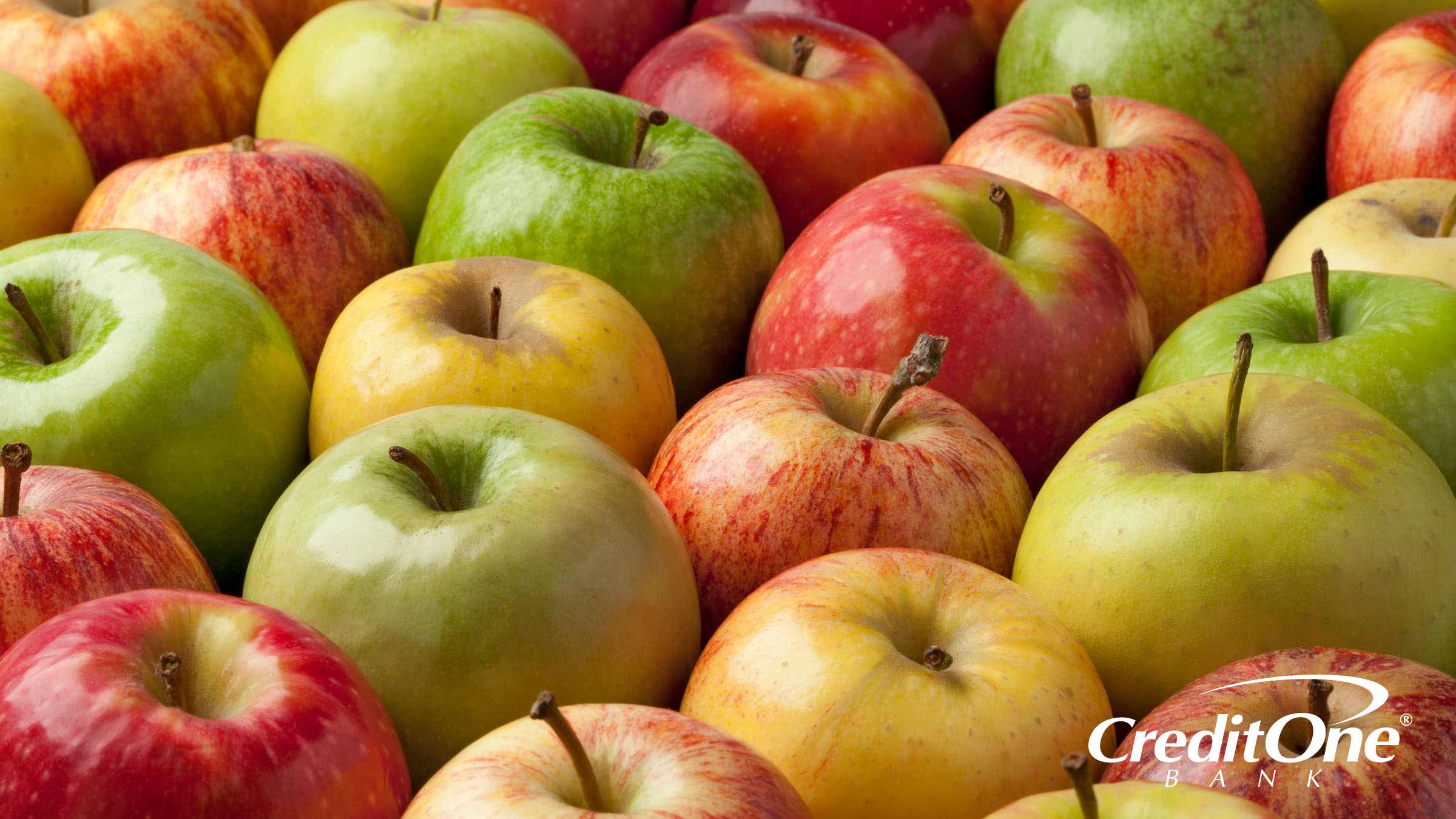
Credit Score Ranges
October 14, 2024
Your credit score range affects everything when you’re applying for credit. Learn what they mean and where you stand.

Introduction
For a simple number, credit scores can seem complicated, which is why they’re usually grouped into broad credit score ranges to help interpret them.
Let’s explore what exactly goes into calculating these numbers and what the different ranges of credit scores mean, so you can better understand this essential building block of your financial health.
What is a Credit Score?
A credit score is a three-digit number calculated from information on your credit reports, which lenders use in credit approval decisions and in determining interest rates and credit limits.
The Difference Between FICO Score and VantageScore
In a casual conversation, it might sound like each of us has this one credit score and that’s it. Turns out, we actually have multiple credit scores.
Various companies have developed proprietary formulas called scoring models, which consider different factors from your credit report to generate a credit score. Each lender may use a different model, with the most popular being those from FICO® and VantageScore®.
FICO’s models have been in use since 1989 and continue to be used by about 90% of lenders. The latest version, FICO Score 10, launched in 2020.
VantageScore’s models were developed by the three major credit bureaus in 2006 and have seen increased use over the years. Their VantageScore 4.0 update debuted in 2017.
FICO Scores are based on credit data from just one of the three credit bureaus — so you could have a slightly different FICO Score based on which bureau is used. VantageScore’s model uses data from the three bureaus to generate a singular credit score.
The two models also process the information found on your credit reports in different ways, but both currently use credit scores ranging from 300 to 850.
FICO Credit Score Ranges
For FICO to generate a credit score, you need to have a credit account that’s at least six months old and at least some credit activity during the previous six months.
FICO credit scores fall into the following ranges:
Poor: 300-579
Fair: 580-669
Good: 670-739
Very Good: 740-799
Exceptional: 800-850
While it’s ultimately up to each creditor to interpret credit scores and make a decision, the rule of thumb is that higher scores mean more favorable terms.
Customers in the “Poor Credit” range may find it difficult to qualify for any type of credit and could consider something like a secured credit card, which can help build or rebuild credit history if used properly.
Meanwhile, customers in the “Exceptional Credit” range will likely have access to most types of credit and the lowest rates.
VantageScore Credit Score Ranges
In contrast to FICO, VantageScore may be able to create a credit score for you as long as you have one credit account, even if it is less than six months old.
VantageScore 3.0’s credit scores fall into the following ranges:
Very Poor: 300-499
Poor: 500-600
Fair: 601-660
Good: 661-780
Excellent: 781-850
VantageScore 4.0’s credit scores have been revamped, and fall into the following ranges:
Subprime: 300-600
Near prime: 601-660
Prime: 661-780
Superprime: 781-850
While 4.0 is newer, 3.0 is still more common.
Once again, higher scores generally mean more favorable lending terms, with the “Excellent” and “Superprime” ranges receiving the best terms.
Some customers in the lower end of these ranges may see their score improve from the responsible use of a secured credit card.
How Is Your Credit Score Calculated?
Many factors from your credit report go into calculating your credit score and some impact your credit score more than others. In general, FICO and VantageScore calculate scores using similar factors, but they weigh them differently.
As of their most recent versions, the two major scoring models work like this:
FICO Credit Score Calculation
- Payment history (35%)
- Credit utilization (30%)
- Length of credit history (15%)
- New credit (10%)
- Mix of credit accounts (10%)
VantageScore 4.0 Credit Score Calculation
- Payment history (41%)
- Length and types of credit (20%)
- Credit utilization (20%)
- Recent credit applications (11%)
- Balances (6%)
- Available credit (2%)
What Factors Impact Your Credit Score?
As you can see above, payment history is the biggest factor, but many other things have an impact on your credit score. This includes credit utilization, total credit balances and factors unique to the scoring models. For instance, VantageScore may use rent, utility, cable and phone bill history in calculating your score, while FICO does not.
How To Improve Your Credit Score
So, we’ve established the factors that impact your credit score and how a higher credit score means better lending terms. But how you can raise your credit score?
Broadly speaking, responsible credit behaviors like on-time payments and maintaining a credit utilization ratio of under 30% will help improve your credit score over time.
If you want to go more in depth, we’ve compiled a list of which commonly cited factors do and don’t affect your credit score.
Bottom Line
Credit scores come from a complex series of formulas, but the essentials are quite simple. Now that you know about scoring models, how credit scores are calculated and the different credit score ranges, you’ll be better equipped when searching for the right credit card or other credit product.
If you’re looking to improve your credit score and get into a higher range, you can see if you pre-qualify for a credit card from Credit One Bank.



